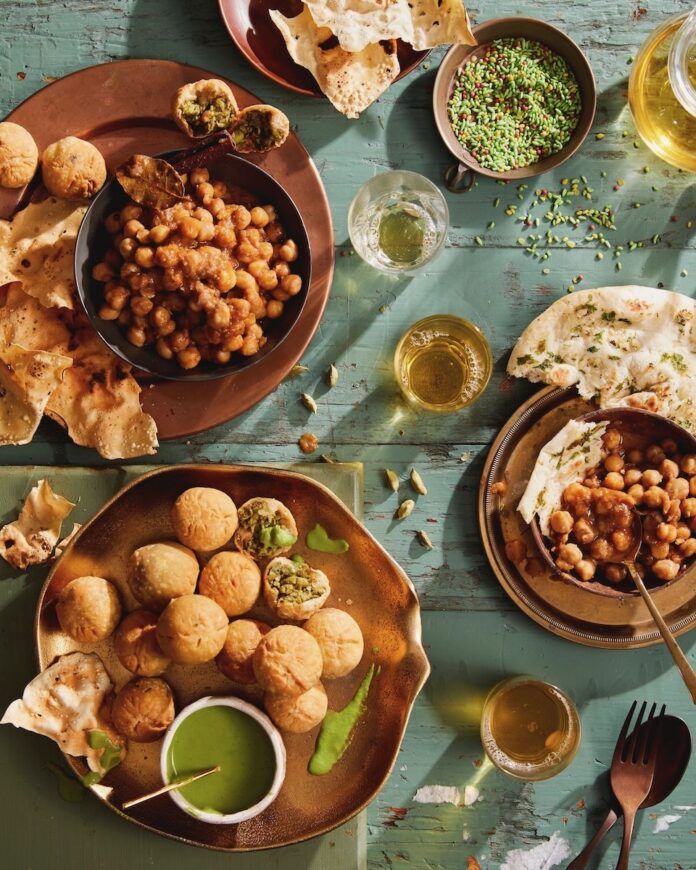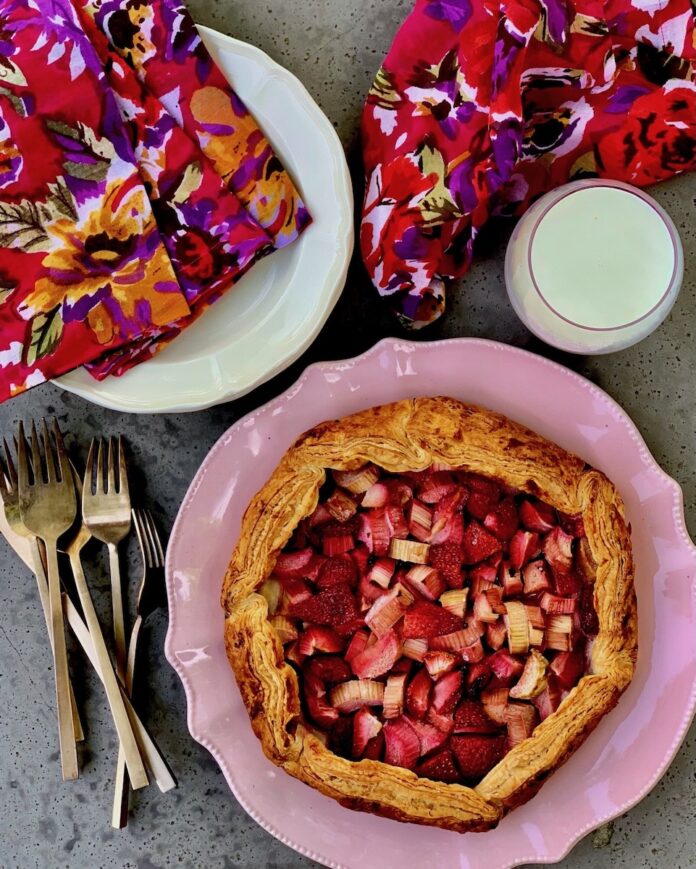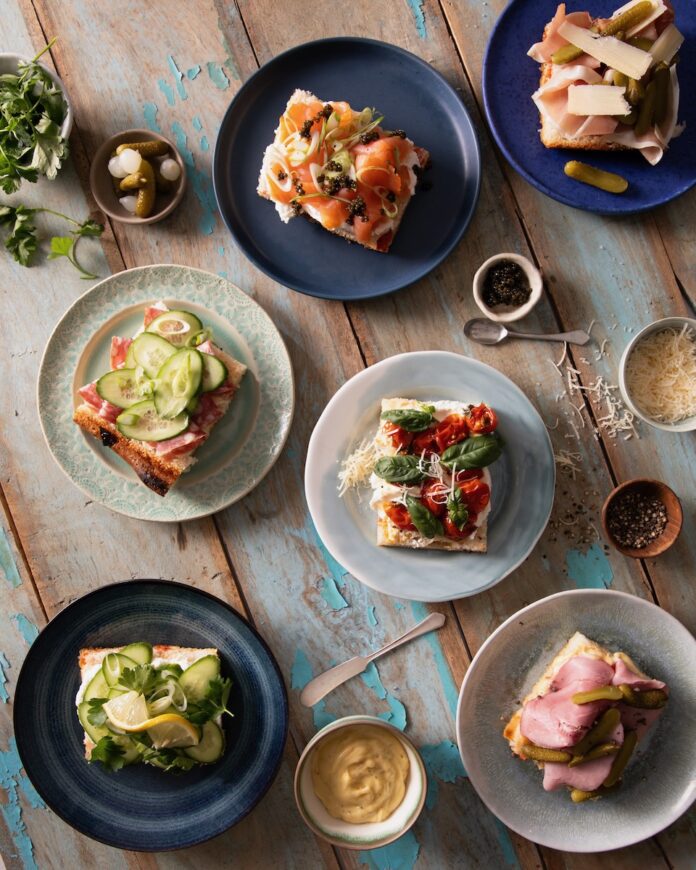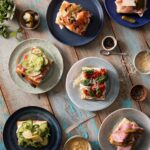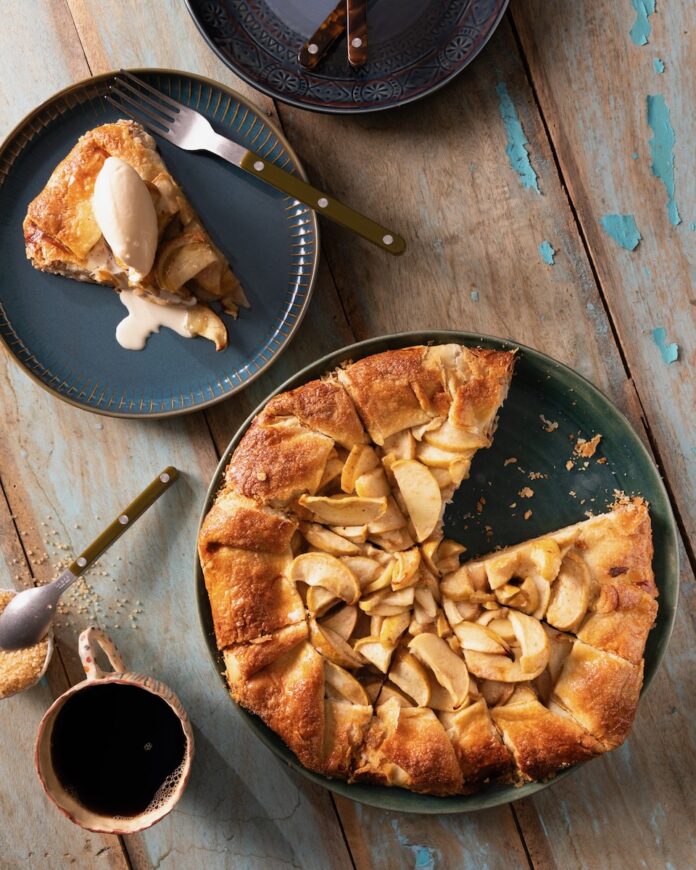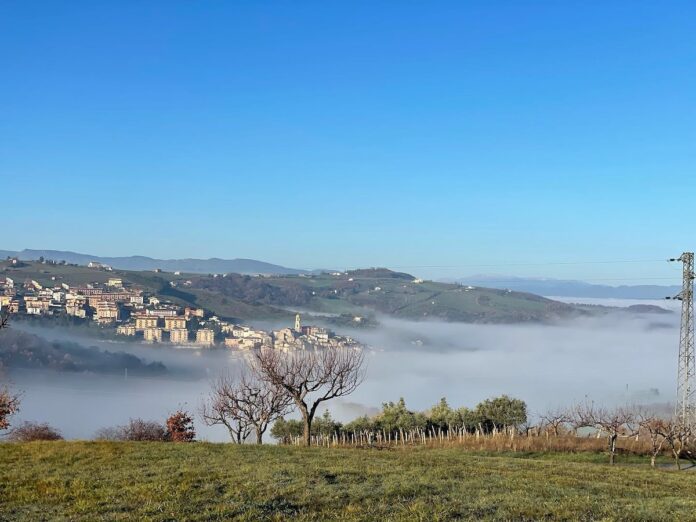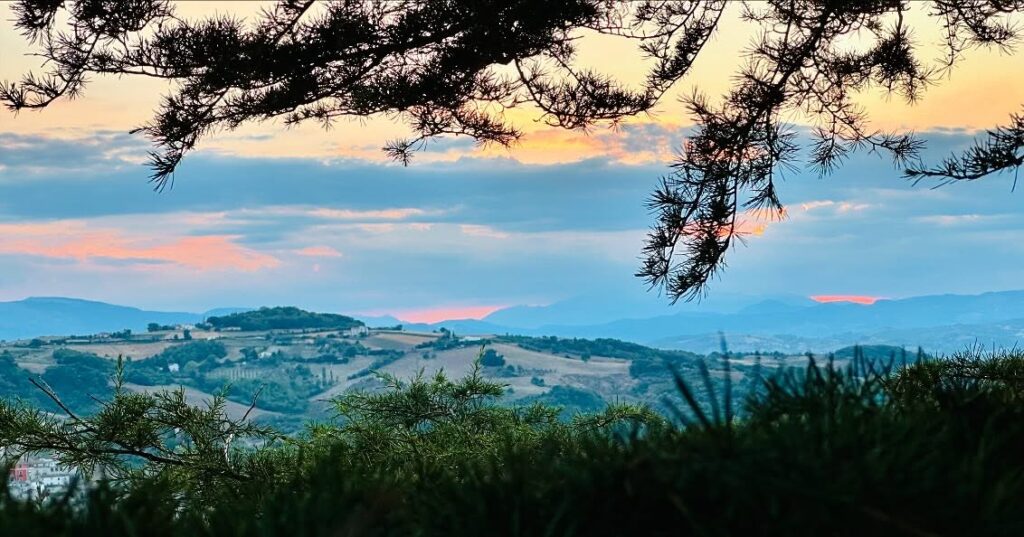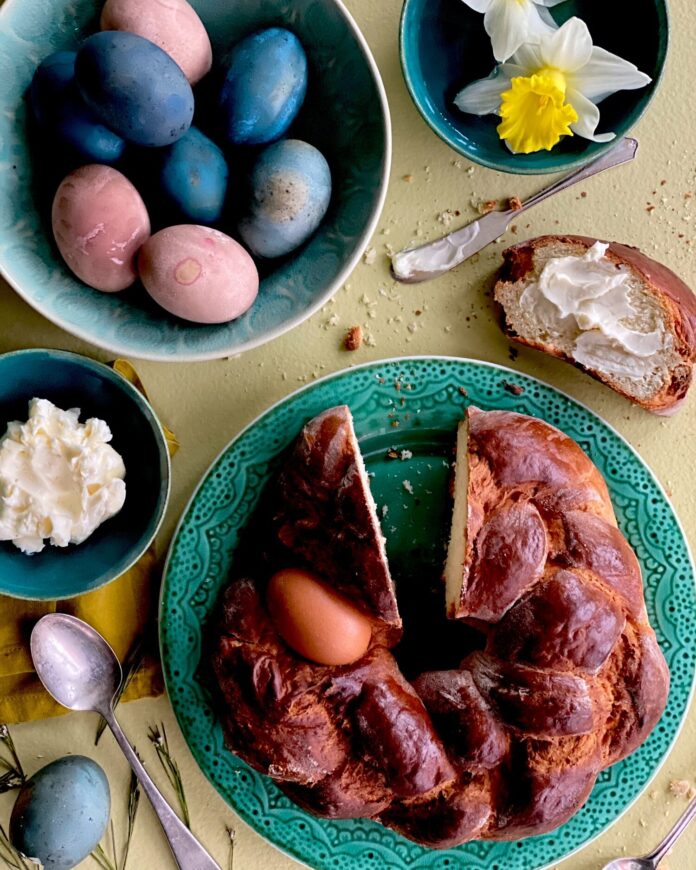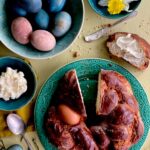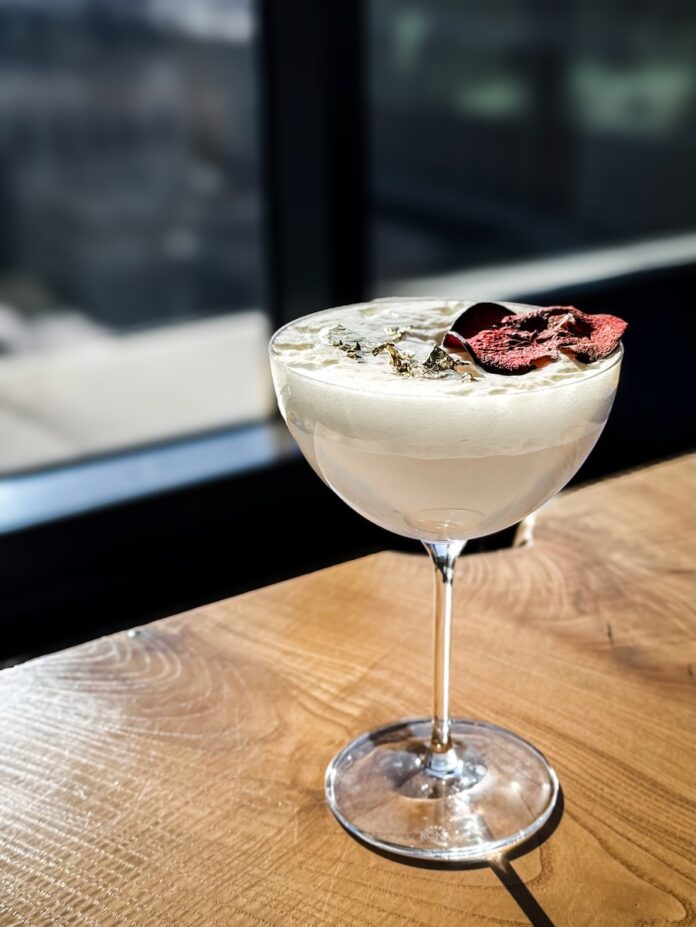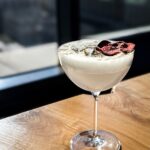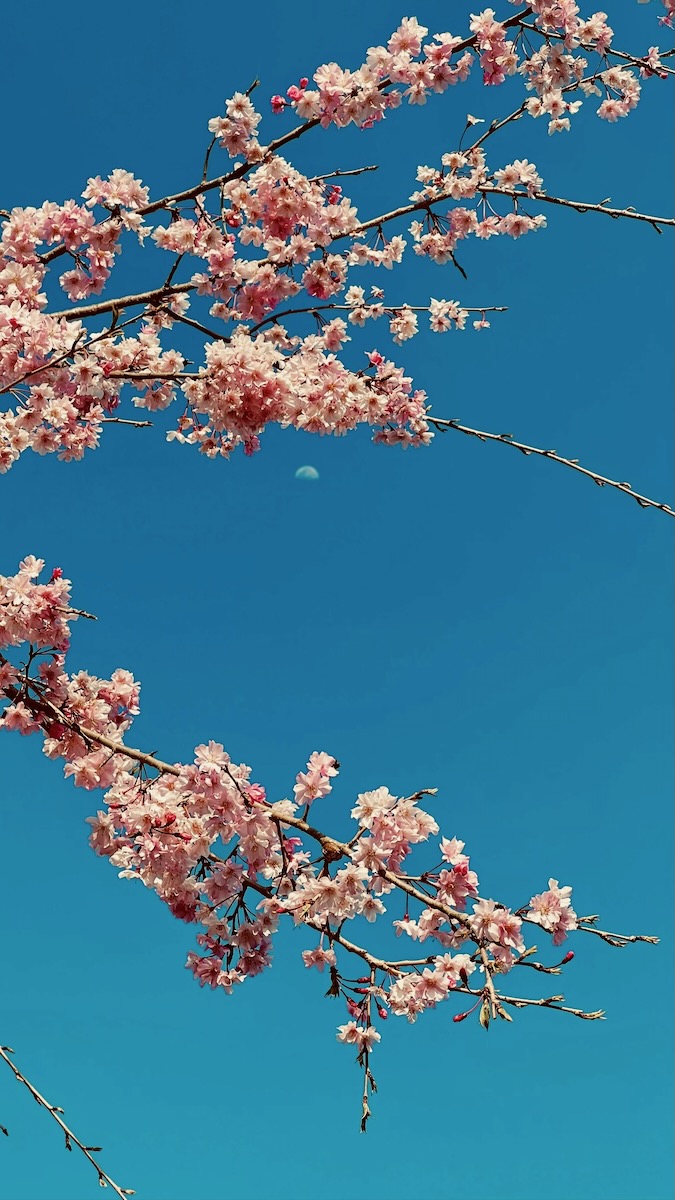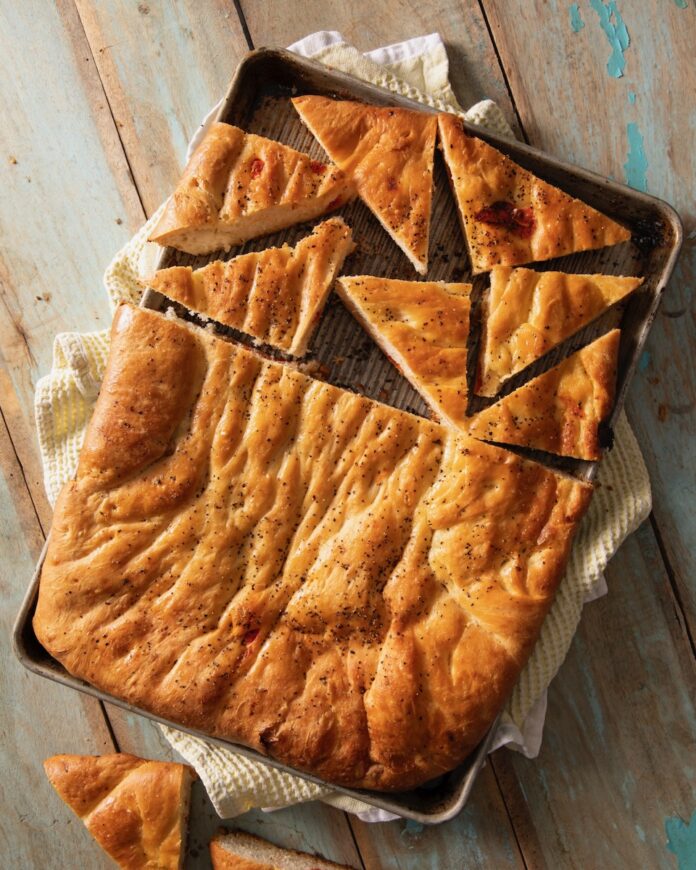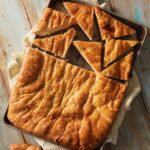Two key points stand out about this full Moon and Lunar Eclipse in Virgo for March 2025. First, it plays a role in a broader system for interpreting the year ahead on a collective level.
Herald of the New Year
For millennia, astrologers have marked the spring equinox – when the Sun enters Aries – as the start of the astrological year. But historically, pinpointing that exact moment was far more challenging than it is today. Before Kepler’s laws of planetary motion, planetary positions in calculations could be off by a degree or more, and astronomical tools, maps, and tables lacked the precision we now take for granted. Astrologers understood these limitations but knew they could reliably track the exact moment of the Moon’s fullness. Over time, traditions developed around interpreting the lunation – whether new or full – that immediately preceded the Sun’s Aries ingress. The last winter Moon was seen as the herald of the new year, an opening gate to spring, carrying greater significance than any other lunation of the year.
This year, a full Moon precedes the Sun’s entry into Aries, and full Moons always bring a sense of culmination – something unresolved, pressing, and demanding attention. And, because of this lunation’s particular weight in the astrological year, this month’s horoscope won’t just capture the moment: it will highlight themes that will unfold on a broader, more global scale throughout the year ahead.
A Start to the Spring Eclipses
The second reason this full Moon is significant: it’s a lunar eclipse. Eclipses occur in seasonal cycles, with a solar and lunar eclipse paired together roughly every six months – though occasionally, they arrive in a series of three. These events happen when the Sun, Moon, and Earth align in three-dimensional space, creating moments of interruption in the usual flow of light. In a solar eclipse, the Moon obscures the Sun; in a lunar eclipse, the Earth’s shadow falls across the Moon.
Because eclipses involve the sudden cutting off of light, they have long carried a reputation for abrupt endings, interferences, and turning points. Solar eclipses often focus their influence on leadership and those in power, with their effects radiating outward to the collective. Lunar eclipses, by contrast, tend to be felt more directly from the ground up, influencing the everyday and unfolding in a more dispersed, yet often personally felt, manner. Their effects are generally less concentrated but still significant.
The Imprint of Virgo on This Lunar Eclipse
This particular lunar eclipse falls in Virgo, a sign that governs the mercurial aspects of life: science, litigation, civil administration, literary craft, supply chains (agricultural in particular), logistics, accounting, etc.
Virgo comes to us as the image of a human figure and a bird, drawing attention to themes of human-avian relationships. With that in mind, we should expect more, rather than less, news regarding the H5N1 avian flu. Likewise, developments related to aviation – whether technological, administrative, or disaster-related – should be watched closely during this period.
Additionally, Virgo’s namesake, the Virgin, brings forward themes related to conception, women’s health, and, more broadly, matters of discretion, propriety, and improper disclosure. These themes will inevitably surface in ways both subtle and overt, shaping the undercurrents of this eclipse’s influence. Whether in personal or collective narratives, questions of purity, precision, and breaches of honor are bound to capture headlines.
A Lunar Eclipse on the Fixed Star Alkes
This full Moon falls on Alkes, a star in the base of the Cup (or, the constellation Crater). In ancient texts, Crater was closely associated with Dionysian themes – wine, revelry, abundance, and the rhythms of cultivation. Manilius, writing in the 1st century CE, describes those influenced by this constellation as deeply tied to water, the fertility of the land, and the enjoyment of their own harvest, both literally and metaphorically. They are lovers of what is wet, he writes in his Astronomica – fields, rivers, lakes, the yield of vine and grain, and even trades dependent on moisture.
Yet the imagery of the Cup also speaks to the act of offering and receiving, of being filled or emptied, sustained or drained. With this coming to us from a full Moon – a lunar eclipse, no less – the symbolism of Crater will attend events as they come to a head, whether direct directly related to some crisis or via some defiant assertion of Dionysian behaviors despite hardship.
That this star is found on the base of the Cup directs our attention to foundations, underlying assumptions (what Cup doesn’t have a base?), what holds everything together. With this star at the base, a pressing question emerges: if the foundation is shaken, does the Cup still stand? Can it still pour forth what it holds, or are its contents spilled, lost to the ground?
What Does it All Mean?
This imagery seems especially resonant now, as systems and structures long assumed to be stable show signs of stress. Whether in economic, political, or environmental spheres, we will see critical resources – both literal and symbolic – mismanaged, wasted, or redirected in ways that challenge expectations. Systems that sustain us are being tested, and not everyone will find their Cup still standing when the dust settles.
This lunation will reveal tensions between indulgence and necessity, sustenance and waste, generosity and exploitation. At a mundane level, this could manifest in economic discussions about agricultural policies, taxation (tariffs seem guaranteed to take headlines), or the control of natural resources – particularly water, grain, or the industries that depend on them.
Socially, we are like to see revelry amid suffering, the oppressed drowning their struggles in distraction, and the powerful taking undue excess for themselves while the masses go without. Whether this full Moon in Virgo on Alkes signals preservation or loss depends on who is relying on this foundation to hold – and what happens when it doesn’t.
Mercury and Venus in Retrograde Motion
Two of the three inferior planets – so called because their orbits lie between Earth and the Sun – have retrograde stories to tell this full Moon. Mercury is stationing retrograde, appearing frozen in the sky as it prepares to move backward in our view, while Venus has already begun its own retrograde motion. Being closer to Earth, these planets govern aspects of daily life, often reduced to simple keywords: Mercury as ‘communication’ and Venus as ‘relationships.’ But their principles run deeper.
Mercury rules channels and conduits of communication rather than the message itself, which is more lunar in nature. Venus, in turn, represents the spaces where agreement and enjoyable connection are found. As these two planets move against the usual flow, they bring delays, reversals, and unfulfilled promises. On a global scale, these motions signal confusion, renegotiations, alliances strained or revoked, agreements recanted, and assurances destabilized.
But every coin has two sides. When setbacks are used for reassessment, and disagreements prompt a search for why common ground has shifted, we give these retrograde a purpose. They also encourage temporary distance from the vices we turn to for comfort, a period of forbearance for us to step back and recollect, passing through temptation (whatever that might mean to you) before moving forward again.
Dietary Guidance as We Enter Spring
As spring unfolds, the environment naturally shifts toward greater warmth and moisture, making this a time when each sign (which belongs to one of the four elements) benefit from foods that harmonize with these qualities. However, each element’s natural constitution requires a slightly different approach to maintain balance. The key risk of this season is overindulgence – without the harsh dryness of summer or the constraining cold of winter, the body may tolerate excesses more readily, leading to a slow accumulation of imbalance that becomes apparent later in the year. Mindfulness in wellness approaches now helps set the foundation for stable health in the months ahead.
Fire Signs
For the fire signs (Aries, Leo, Sagittarius), whose nature is already hot and dry, this season offers welcome relief from winter’s harshness, but they should take care to increase moisture in their diet while avoiding excessive heat. Cooling, hydrating foods such as lightly steamed greens, melons, and herbal infusions can help offset their inherent dryness, while overly spicy or fried foods should be moderated.
Earth Signs
The earth signs (Taurus, Virgo, Capricorn), naturally cold and dry, benefit most from the warmth of spring. Their diet should emphasize warming, easily digestible foods – broths, root vegetables, and well-spiced grains – while avoiding an overreliance on dry, fibrous foods that might reinforce their natural rigidity.
Water Signs
The water signs (Cancer, Scorpio, Pisces), already cold and moist, need warmth above all. They should favor cooked over raw foods, spices that gently stimulate digestion (such as ginger or cinnamon), and lighter meals that prevent sluggishness.
Air Signs
Meanwhile, the air signs (Gemini, Libra, Aquarius), whose temperament is most naturally aligned with springtime, can follow what feels most natural to them at this time of year, but should be cautious of excess, as their easygoing nature makes them most prone to indulgence. Favoring simple, well-balanced meals with a mix of warming and cooling elements will keep them from tipping into lethargy or overstimulation.
Sabian Symbol for 24° Virgo
The Sabian Symbol for this full Moon’s degree is “Mary and her white lamb.” As with all Sabian Symbols, this offers another doorway into understanding the themes of this lunation. At its core, this image evokes innocence, devotion, and the tendency to follow – or to be followed – without question. But there’s a shadow side as well: an avoidance of reality, idealizing people or situations to the point of naiveté, or struggling with trust (whether in the form of paranoia or suspicion of others’ motives). Favoritism and exclusion can breed jealousy, just as blind loyalty often leads to unwanted consequences.
Under this full Moon, we will see themes of innocence tested, trust shaken, and the clarity of relationships obscured by projection and expectation. Who is leading, and who is following? And at what cost? These are the kinds of questions this lunation can be expected to quietly stir.
What Does the Lunar Eclipse in Virgo Mean for Your Sign?
This eclipse is closely entangled with Saturn, as the Sun stands conjoined to the slow, weighty planet while the Moon faces it in direct opposition. Saturn’s influence heightens the gravity of this moment – decisions made now carry long-term consequences, and certain realities may be closing for good. Hard choices, restrictions, or necessary endings may already be in motion.
Let’s explore where this eclipse is focusing your attention and how the stationing planets shape what comes next.
Aries
This eclipse falls in your 6th house, so you’re less likely to feel its effects too forcefully. Instead, this is a good time to review your daily routines and how well they support your physical well-being. Are you stretching? Staying hydrated? Eating a diverse range of vegetables? Getting enough time outdoors? Small habits add up, and this is a good season to check in and make adjustments where needed. Focus on the basics – this is where we tend or win or lose the battle for better overall wellbeing.
Taurus
This eclipse highlights the balance between personal joy and social ties. Are your hobbies and pursuits truly your own, or have they been shaped by others’ preferences? Now is the time to reassess whether what once felt fun still brings you joy. Friendships, too, may be under review – sometimes, connections naturally outgrow themselves. If certain relationships feel they’ve run their course, it may be time to acknowledge the shift. Change isn’t always easy, but investing in what genuinely fulfills you is always the winning bet.
Gemini
This eclipse highlights the tension between private and public life. You may need space to rebalance, stepping back to regain perspective. At the same time, career setbacks or delays could feel especially frustrating. Adjusting to slowed progress isn’t easy, but things will shift by summer as Saturn moves on. For now, focus on shortening the gap between disappointment and action – waiting too long only lets setbacks gain momentum. The Sun in your 10th signals that a new determination is setting in, so course-correct as needed.
Cancer
This eclipse unsettles the familiar: how you move through the world, the assumptions you rely on, the ease of daily routines. If you’ve sensed a knowledge gap or found common sense falling short, this could be why. Experience, not instinct, is needed. Strains in relationships with neighbors or siblings may arise, as can disruptions in travel. Plans may shift unexpectedly. If you’re traveling soon, take extra precautions – confirm backup plans, check policies, and ensure you’re covered in case of disruptions.
Leo
This eclipse activates the classic tension between what you have and what you think you need. It’s easy to feel unsettled under this signature, but anxiety fades when you reconnect with the deeper foundations already beneath you. Financial concerns, debts, or future security may loom large, but this isn’t the best time for major financial decisions. If possible, give yourself a few months of breathing room before making commitments. I suspect you will feel things moving more your way in late spring.
Virgo
This eclipse lands on your ascendant, directly opposing the Sun and Saturn in your relationship house. A see-saw moment: personal priorities and partnerships demand recalibration. If single, step back and let clarity emerge rather than forcing resolution. If partnered, seek lightness where it comes naturally – and remember that dwelling on disappointments will only reinforce them. With Mercury stationing, conversations may stall, so don’t rush conclusions. What’s shifting now has long-term implications. Give space, reassess. Stability will come with time.
Libra
Like Aries, this eclipse is unlikely to be dramatic for you – unless your unique natal chart plugs into the eclipse in ways specific to you and not other Librans. Still, with the eclipse in your 12th house, a caution remains: don’t get tangled in a web of your own making. This is not the time for gossip, bending the rules, or testing unsteady limits. A misstep now could have consequences that outlast the moment. Keep a low profile where it matters, and this period should pass without much disruption.
Scorpio
This eclipse brings focus to your social circles, and in some cases, the end of a meaningful connection may feel inevitable. A friendship, alliance, or patronage may be slipping away – whether due to another’s actions or an irreconcilable divide. If so, let clarity, not resentment, guide your response. Some departures are disruptive, but they also create room for creating a new, vibrant, coherent life. Consider what this shift reveals about where your loyalties lie and what kind of support you want around you moving forward.
Sagittarius
This eclipse resets the stage in your public life, but the real weight has been behind the scenes. Private demands – especially with respect to family – will be pressing harder now, even if others don’t see the full extent. If caregiving has been a focus, this period may bring that role into sharper relief. Balancing personal responsibilities with professional aims won’t be easy, but perseverance is key. By late summer, your ruling planet Jupiter enters Cancer and shakes free from Saturn’s grip, bringing greater ease in building momentum.
Capricorn
Something that once guided you no longer holds the same certainty. A belief, principle, or trusted framework is likely to meet its exception, bringing a crisis of faith. You don’t have to decide today what is ‘right’ – forcing clarity may only slow the path to resolution. Instead, focus on staying true to your word and reaffirming healthy boundaries for yourself and others, even when (especially when!) you’re reluctant to enforce them. The discomfort of this moment is temporary, but your integrity will last.
Aquarius
With this eclipse on the cusp of your 8th house, financial realities come into sharp focus. If setbacks have been mounting, this may be the moment you recognize that something must change. With Saturn and two retrograde planets in your 2nd, progress will take time – don’t expect overnight solutions. But the pressure will lessen as Saturn moves into Aries this summer. For now, take heart in the momentum you’re building. The Sun passing over Saturn signals that your efforts will bear fruit, given patience.
Pisces
This eclipse lands in your relationship house, while Saturn lingers in your sign – a weight you may be feeling more than ever. Are you making connections harder than they need to be? Fear and self-imposed limitations may be playing a role. With the Sun joining Saturn, clarity is dawning, even if it’s uncomfortable. Mercury and Venus retrograde suggest deep personal questioning. Let reflection take its course. Things should lighten by late summer. Be patient, stay honest with yourself, but show yourself some kindness too.
Bio
Wade Caves, based in Brooklyn, NY, is an astrological consultant and educator specializing in problem-solving applications of astrology. He teaches astrological divination and astronomy at the School of Traditional Astrology. Wade also publishes his work on world astrology through Skyscript’s In Mundo publishing desk and hosts the World Astrology Summit, a conference dedicated to the advancement of astrology for global problem-solving. Website: wadecaves.com • skyscript.co.uk/inmundo. Email: hello@wadecaves.com.
Story by Wade Caves
Photography by Hiromasa Koga
Subscribe to TABLE Magazine’s print edition.

